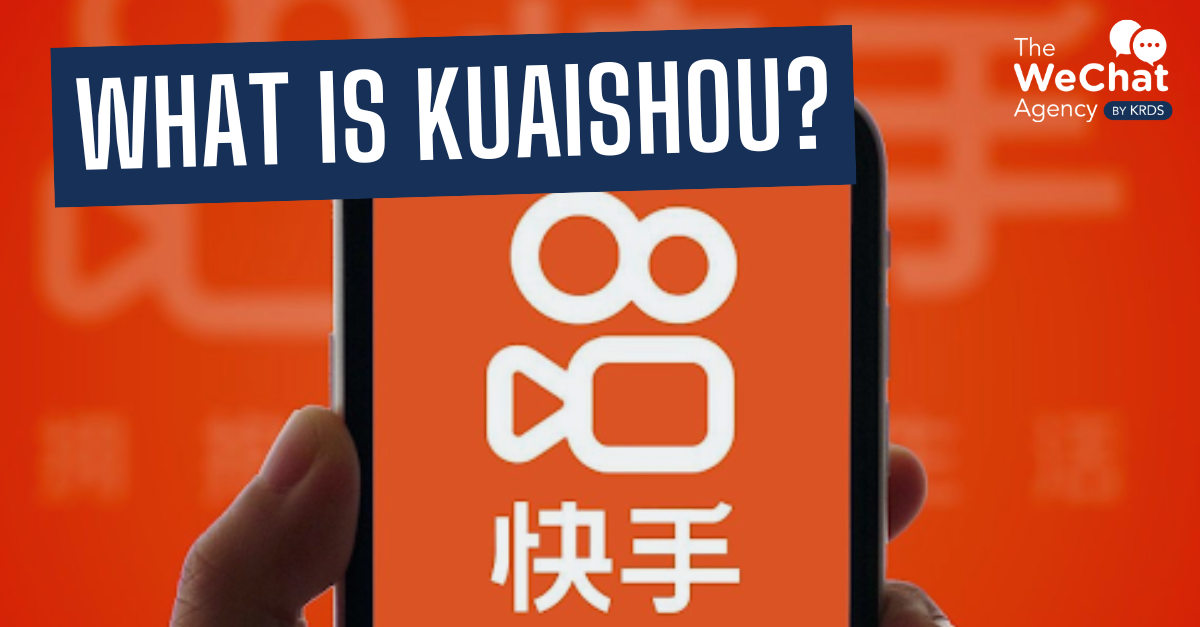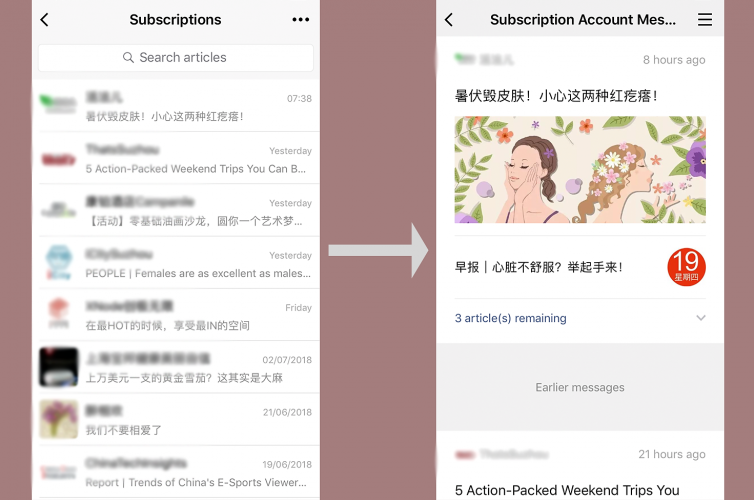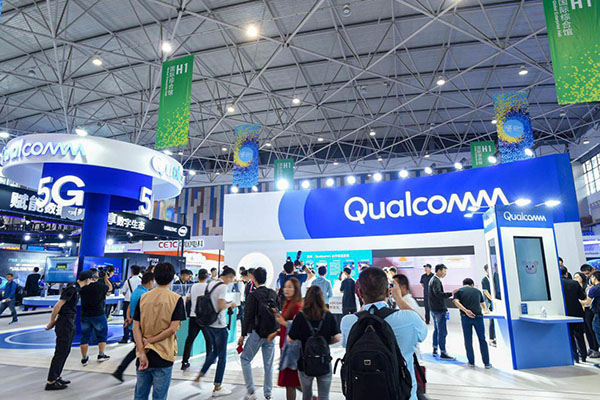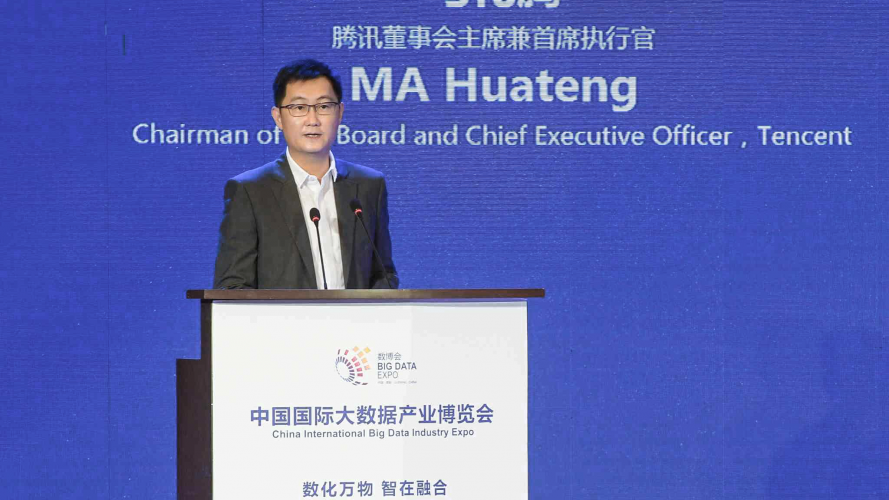Idolising stars and celebrity worship has become an increasingly important part of modern Chinese culture. Chinese Gen Z’s are continuously engaged with internet information as a result of growing up in a connected environment, and they are especially attentive to what their idols have to say.
With the debut of innumerable TV series, brand endorsement deals, and the growing KOL market in China, these trends have naturally aided the rise of China’s idol economy.
Who are KOL’s and KOC’s?
In a world dominated by social media and influencer marketing, key opinion leaders (KOLs) and key opinion consumers (KOCs) have become integral aspects of brands’ online marketing strategies to raise brand knowledge and recognition among their target audiences. Despite the fact that they both advertise products or services, they are two very different things.
A key opinion leader (KOL) is a well-known figure whose endorsement of a product is valued by a larger audience. Individuals who are trusted and respected for their status quo or expertise are known as KOLs. KOL’s include people such as actors, models, and celebrities, as well as people who have built a name for themselves on social media platforms.
KOCs, on the other hand, are valued for their insight into products and services based on their personal experiences. They are people that do not conform to the status quo, making them relatable to the public. Although KOCs have a smaller following — only a few thousand — than KOLs, their fans are extremely loyal.
Benefits of working with KOL’s and KOC’s
- Working with idols is more profitable
Young Chinese fans idolise their stars and are willing to go to great lengths to support their celebrity idols. According to a recent survey, roughly a third of “Gen Z” respondents said they’d be willing to buy products that their idols recommended or used, and a fifth said they’d be willing to watch their idol’s Livestream and purchase virtual gifts.
- Chinese celebrities do not fear marketing
Sponsorship arrangements are often avoided by Western celebrities because they believe that too much exposure could jeopardise their reputation. With Chinese idols, however, this is not the case. The local celebrities are easily involved in marketing and brand endorsement efforts to promote items via a variety of channels. This is due to censorship, which means that projects in China can be easily cancelled or repealed, thus idols must ensure that they have other sources of income.
- The fan culture is a collaborative effort
A form of collectivism popular in China suggests that fans affect one another during the purchasing process, and studies demonstrate that “the more collectivist a person’s orientation, the more vulnerable he or she will be to social influence in the purchase decision. As a result, if Western businesses can win over the heart of one hardcore idol lover, they may be able to win over the entire fan base.
Conclusion
Marketers and retailers benefit from the idol economy, but few multinational companies are yet to capitalise on Chinese celebrities’ fame. This is primarily due to Western corporations’ continued lack of understanding of the Chinese fan economy and the youthful, impulsive consumer base that supports these idols.
The idol economy is expected to grow in the next few years, therefore international brands looking to stay ahead of the competition should seek closer links with the Chinese stars.
However, though the idol culture is prevalent in China, it is vital to exercise additional caution when selecting a reputable KOL, as there have been various KOL scandals in the past, and the Chinese government is attempting to simmer down the idol economy. As a result, seeking advice from a skilled partner is recommended.
Working as a partner, KRDS offers the expertise and abilities you need, including access to the relevant KOLs for your business and the know-how to quickly create Chinese social media KOL partnerships that meet your goals. We can also help B2B businesses with KOL collaborations by partnering with other renowned official accounts in the industry or niche experts. Please contact us to discuss further.






